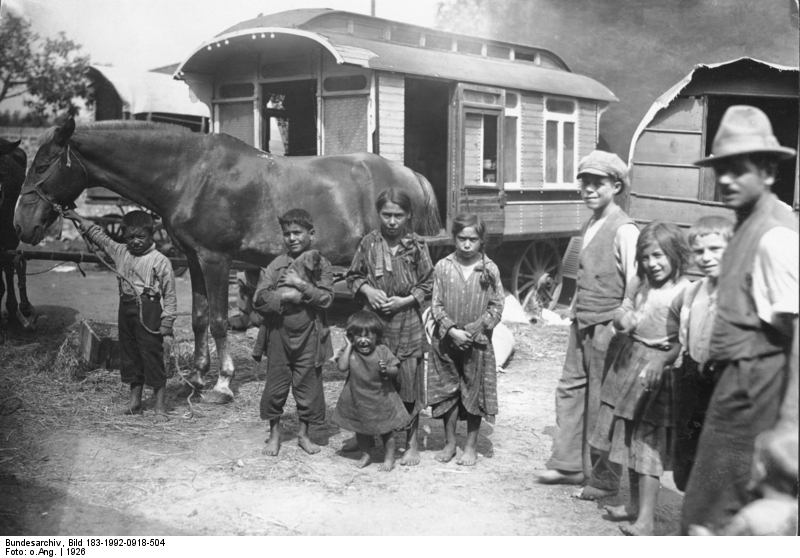Germany
At the beginning of the 20th century, the public policies adopted by European governments towards Roma and Sinti were characterized, for the most part, by a profound indifference.
However, with the Germans, one can justifiably refer to their attitude as a real institutional aversion. For example, in Bavaria, in 1899, the Land Police were instructed to proceed with the racial profiling and systematic surveillance of the movements of individual groups. Just a few years later, in a crescendo of repressive activities , a Central Registry of Gypsies was instituted, similar, on many counts, to that used for habitual and repeat offenders.
In 1911, the authorities proceeded to finger-print the Gypsies, while all aspects of their social lives were subject to preventive surveillance.(Claudio Vercelli)





